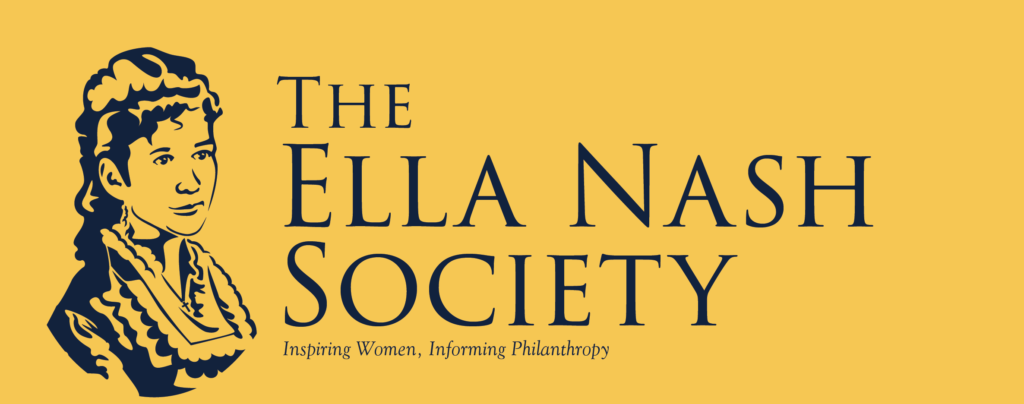 Inspiring Women, Informing Philanthropy
Inspiring Women, Informing Philanthropy
The Ella Nash Society Newsletter celebrates the special gifts of time, expertise, personal connections, and assets that shape women’s philanthropy. Our semiannual publication features Allegheny’s alumnae and female constituents who sustain the College and their communities through their volunteerism and/or financial support. It also provides information to help women make informed decisions about their philanthropy—at Allegheny and at home. We honor the College’s first female graduate, M. Ella Nash, Class of 1873, with this publication.